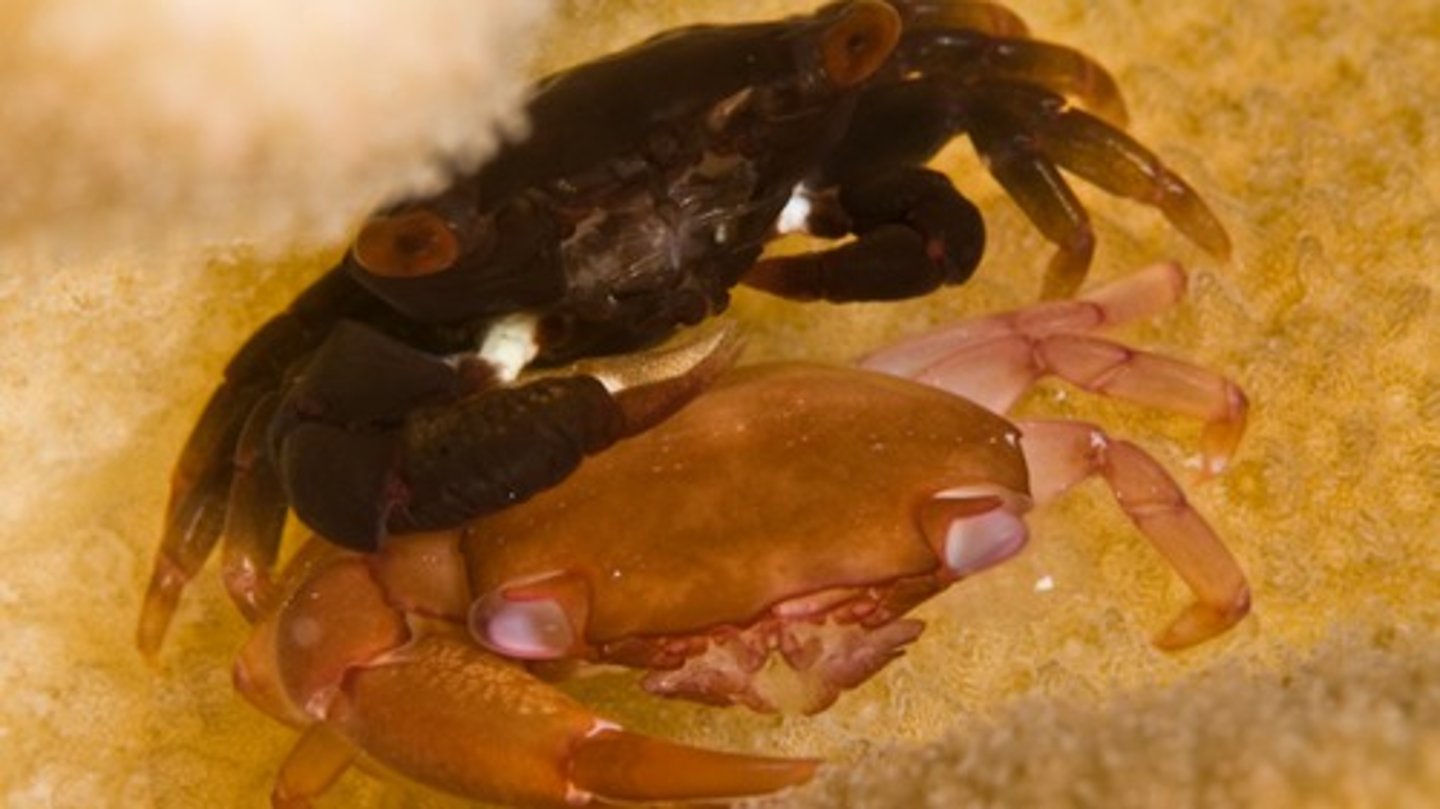Arthropod Characteristics & Insect Adaptations
1/16
There's no tags or description
Looks like no tags are added yet.
Name | Mastery | Learn | Test | Matching | Spaced |
|---|
No study sessions yet.
17 Terms
Bilateral Symmetry
Characteristic of Arthropods: Body plan in which a single line can divide the body into two mirrored halves.
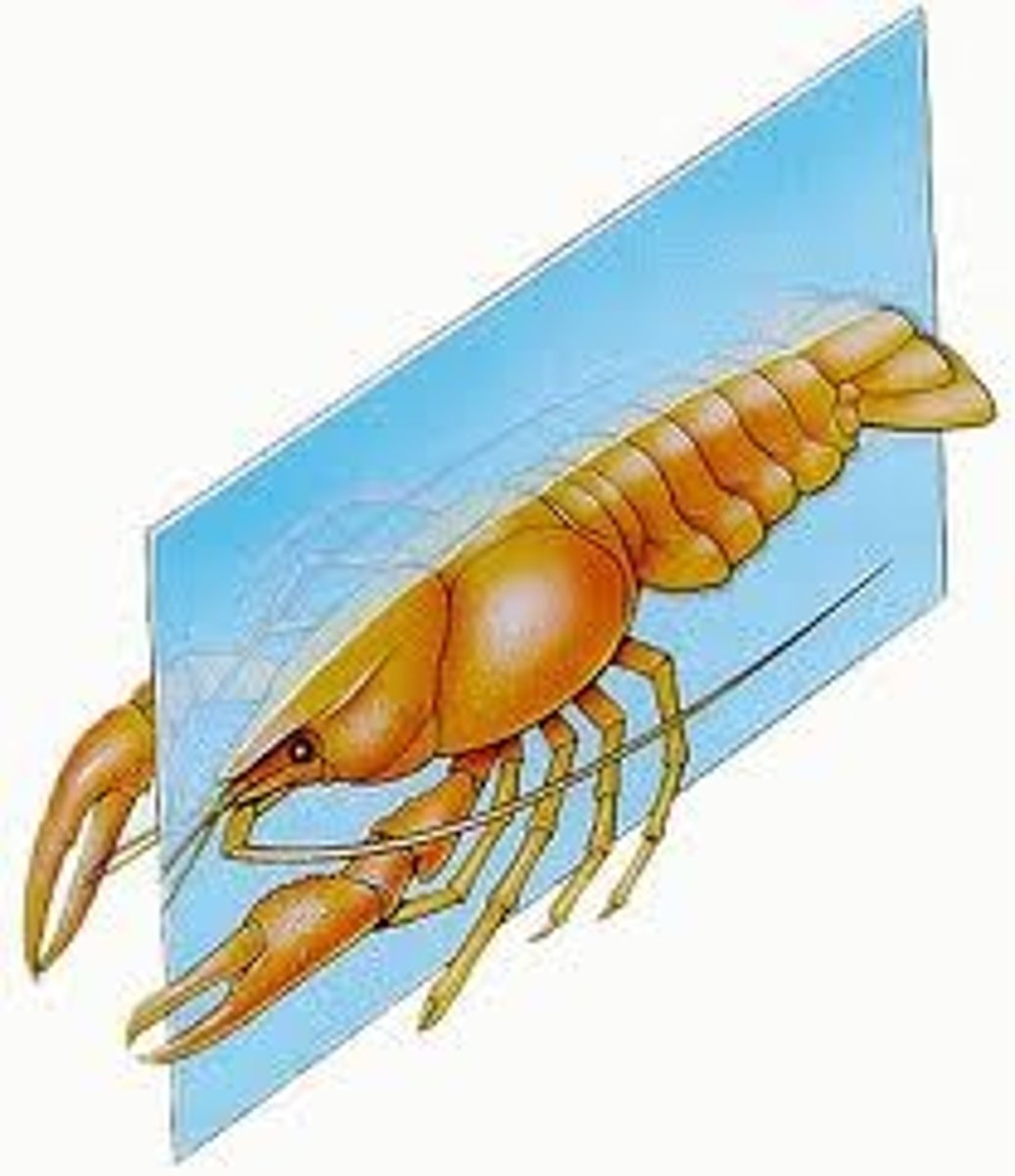
Exoskeleton
Characteristic of Arthropods: A body covering, typically made of chitin, that provides support and protection.
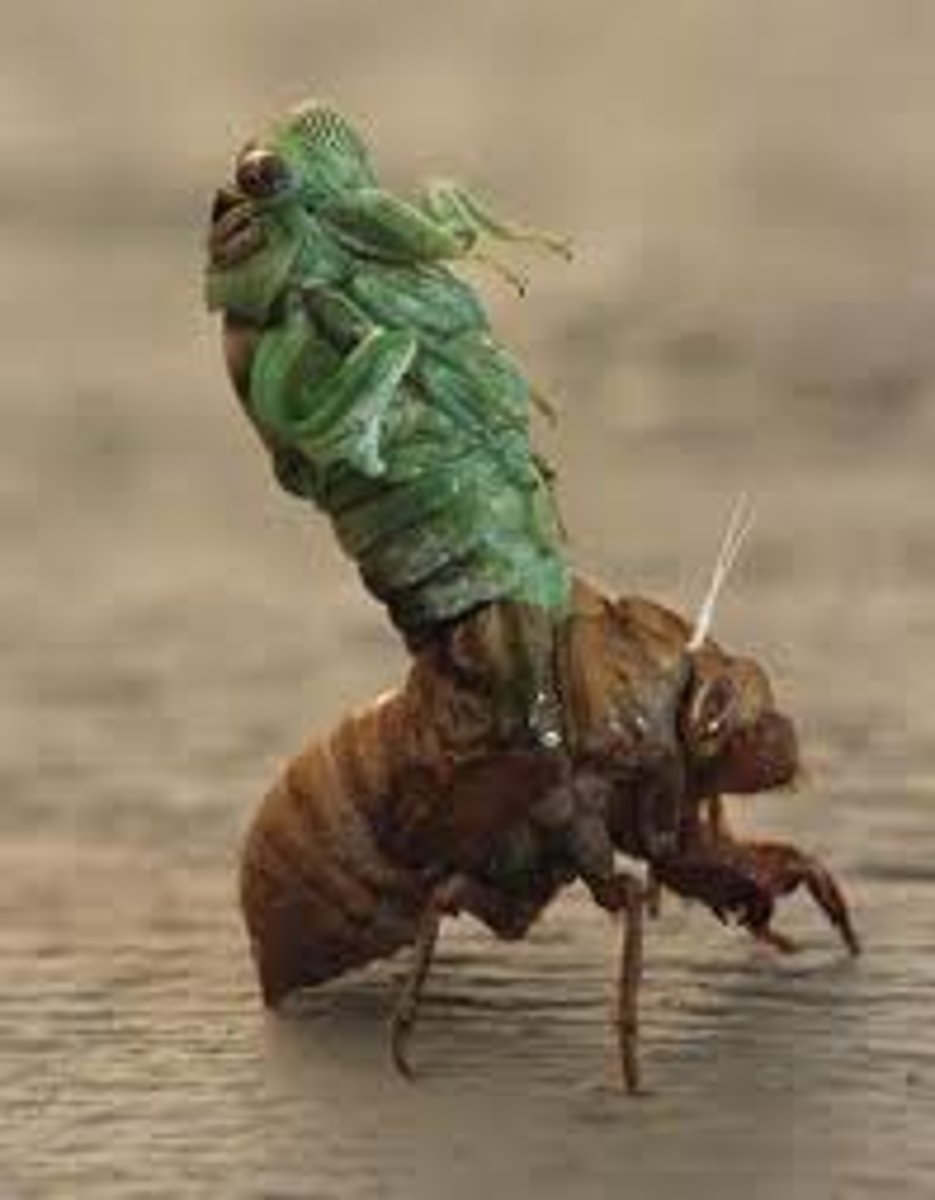
Compound Eyes
Characteristic of Insects & Crustaceans: Eyes that contain many lenses and have a very large viewing angle.
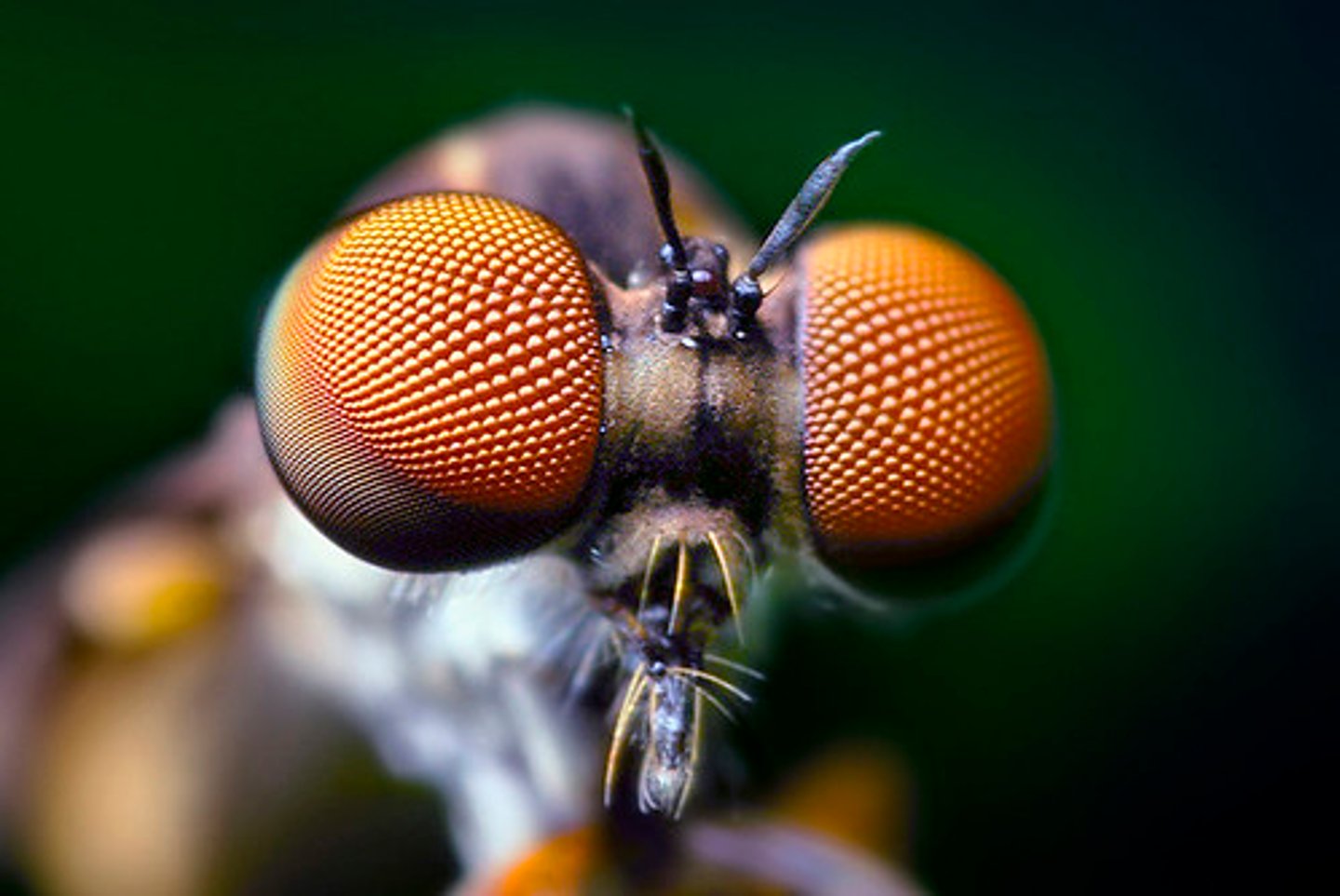
Spiracles
Characteristic of Insects: Openings in the exoskeleton that allow respiratory gases to travel through trachea.
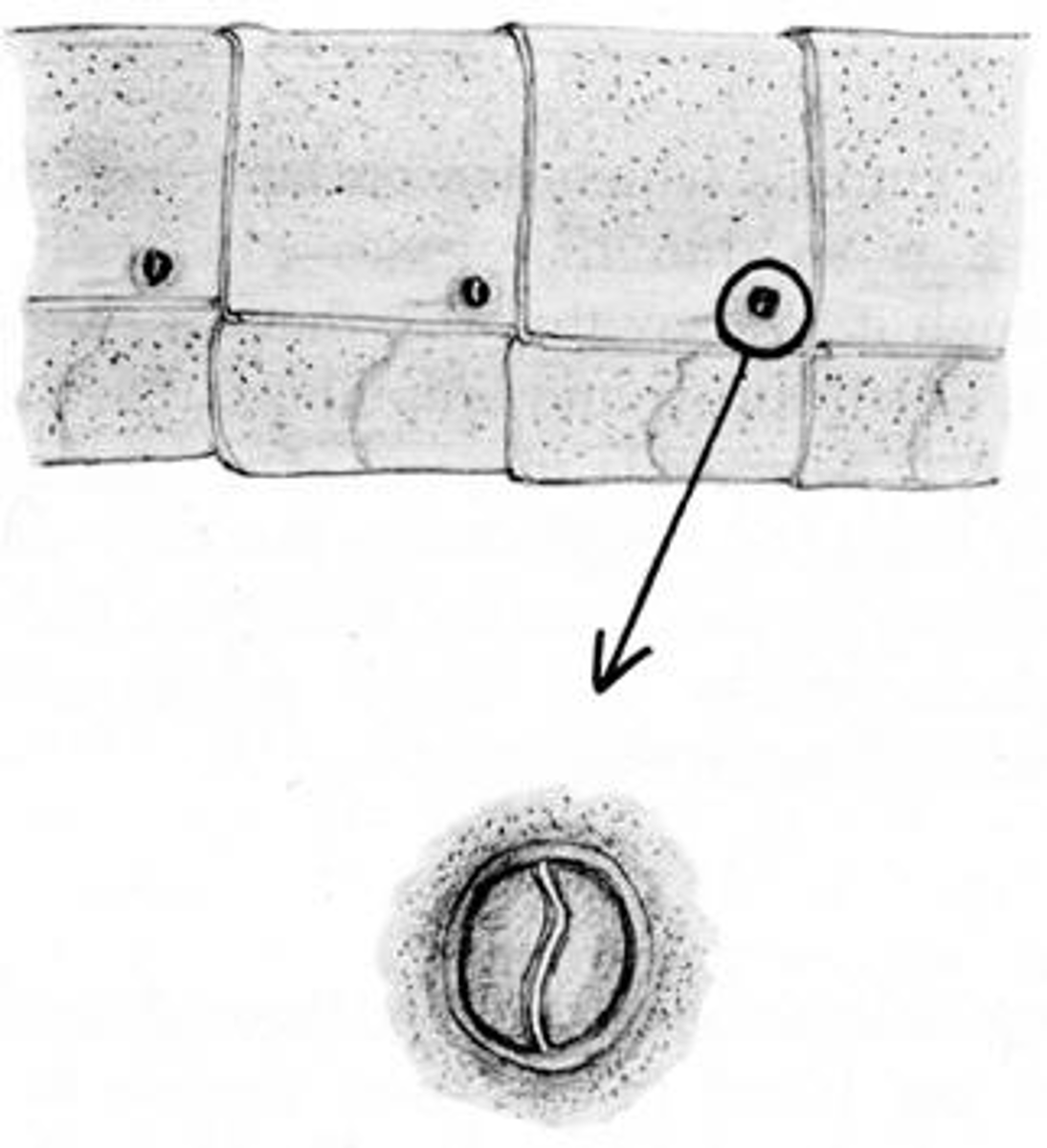
Setae
Characteristic of Arthropods: Hair or bristles that come in many forms.
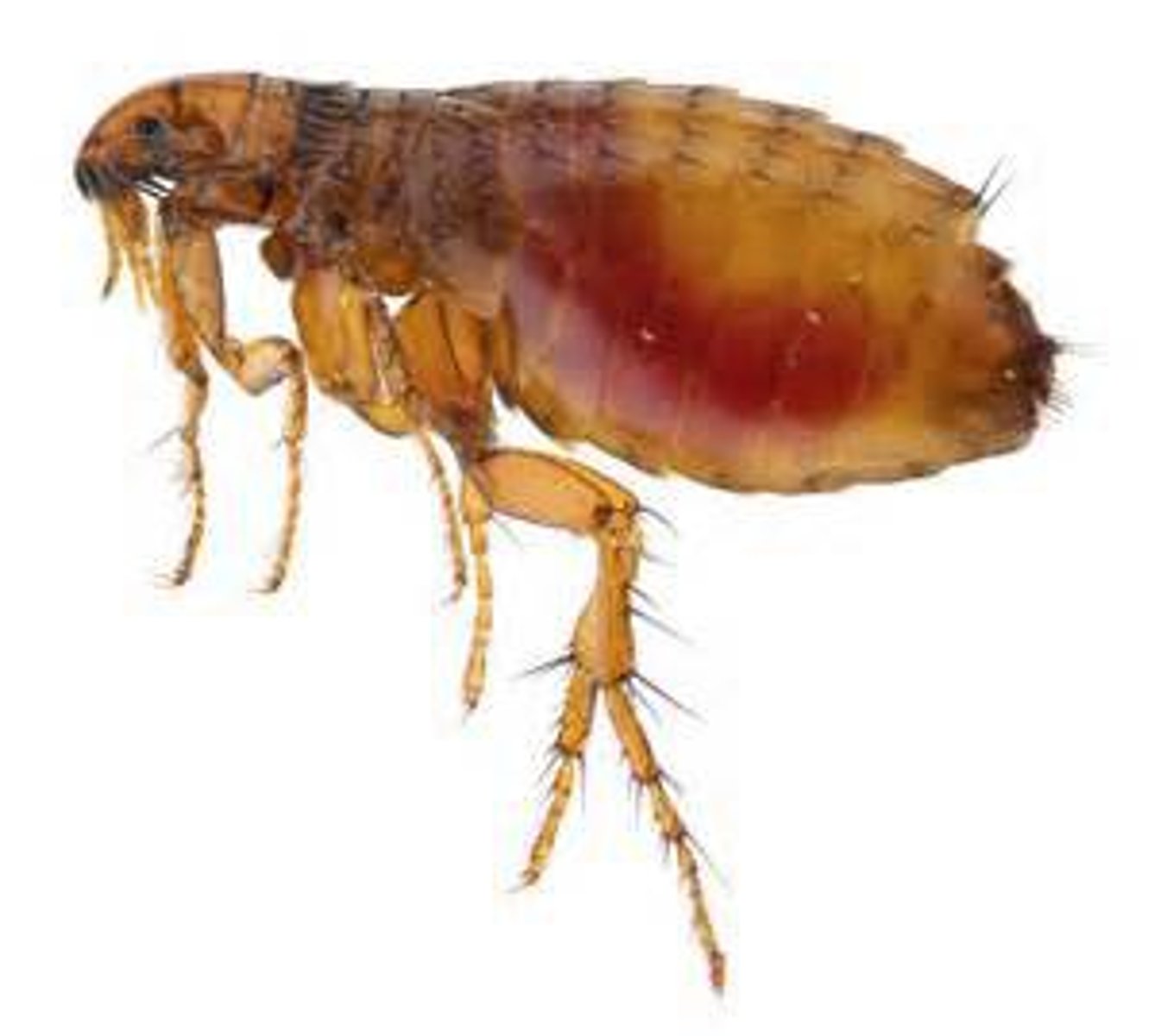
Oviparous
Characteristic of Arthropods: Eggs hatch outside the mother's body.
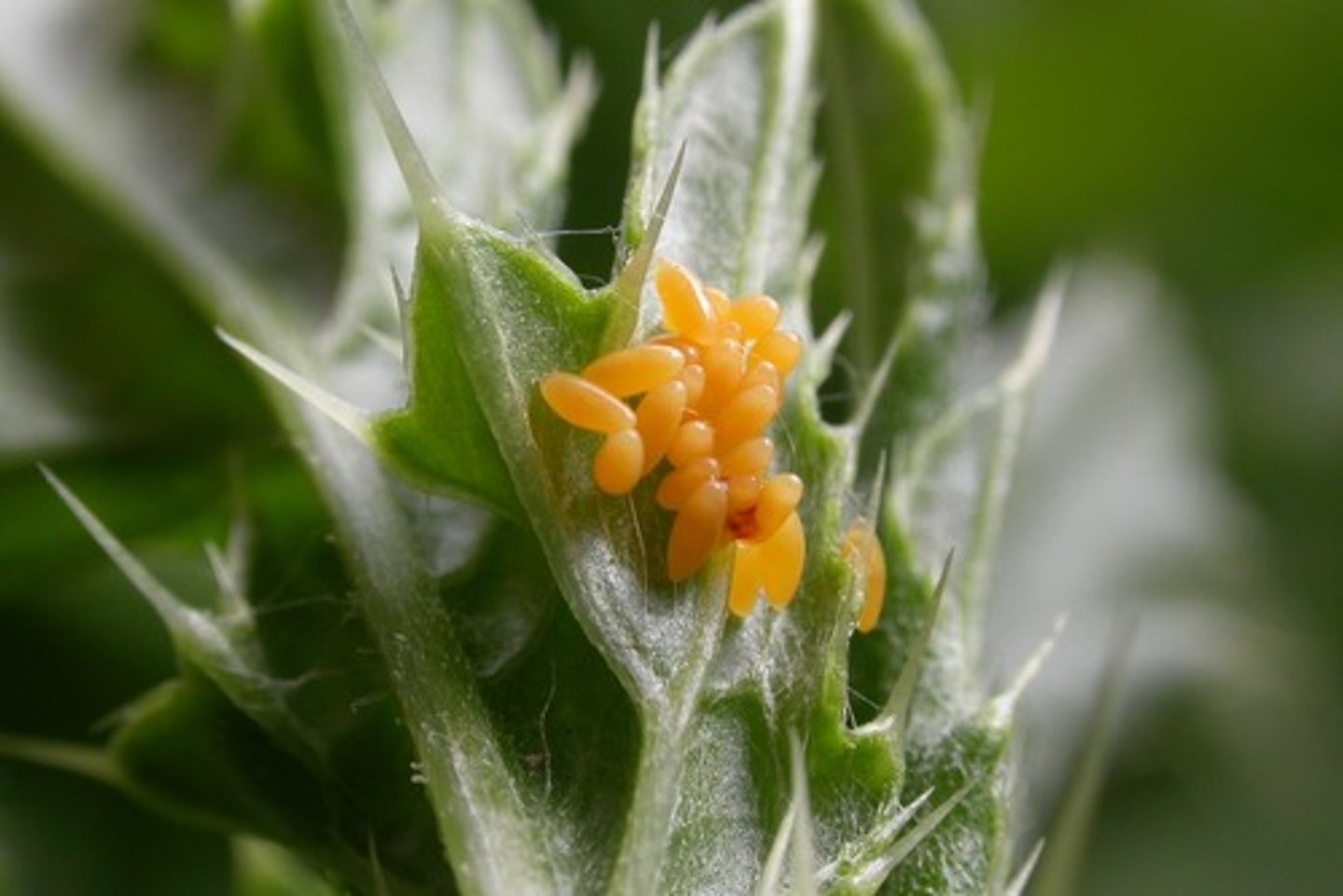
Thorax
The central body segment of insects to which all locomotive appendages are attached.
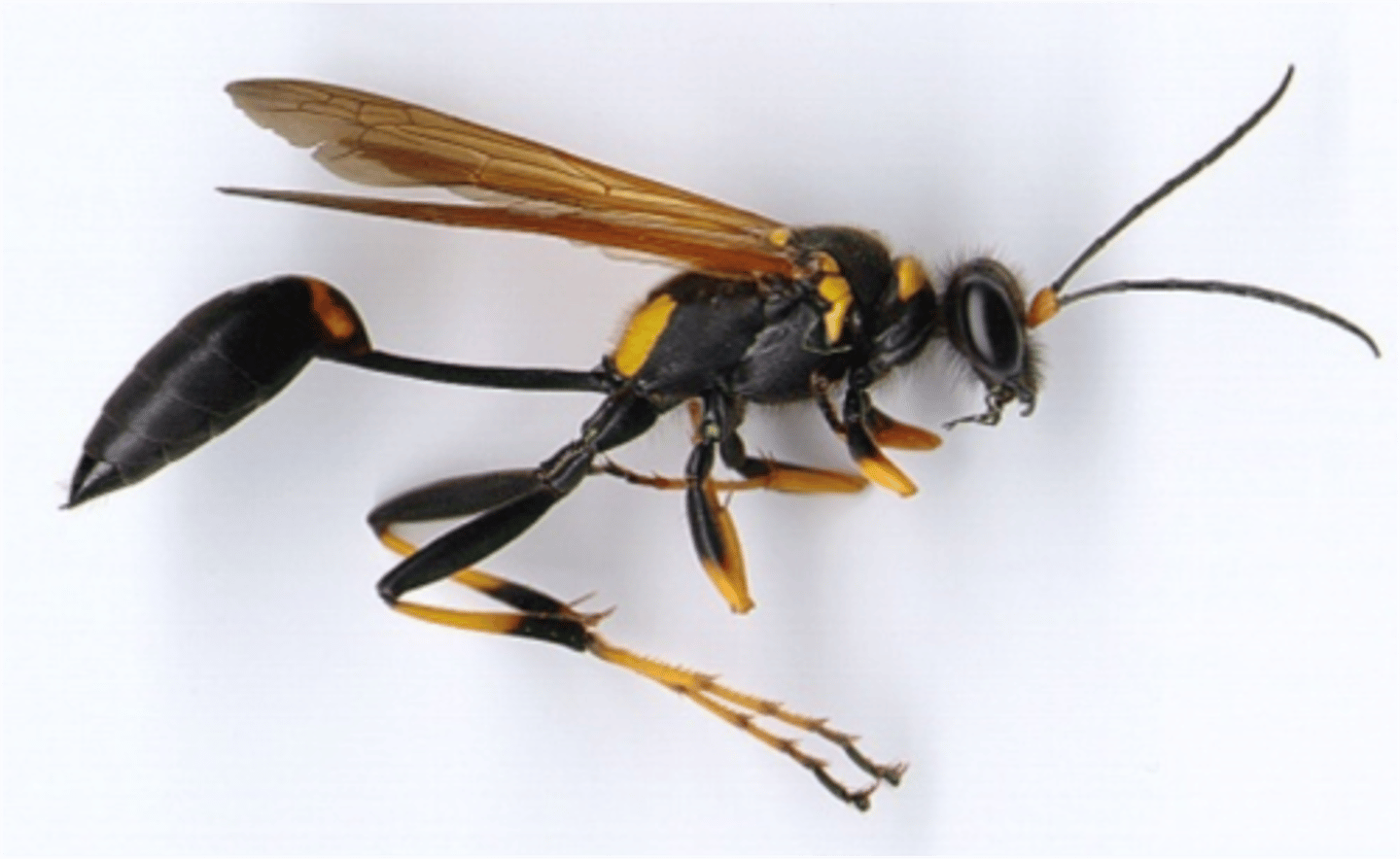
Complete Metamorphism
Four progressive stages of insect development including the egg, larva, pupa and adult
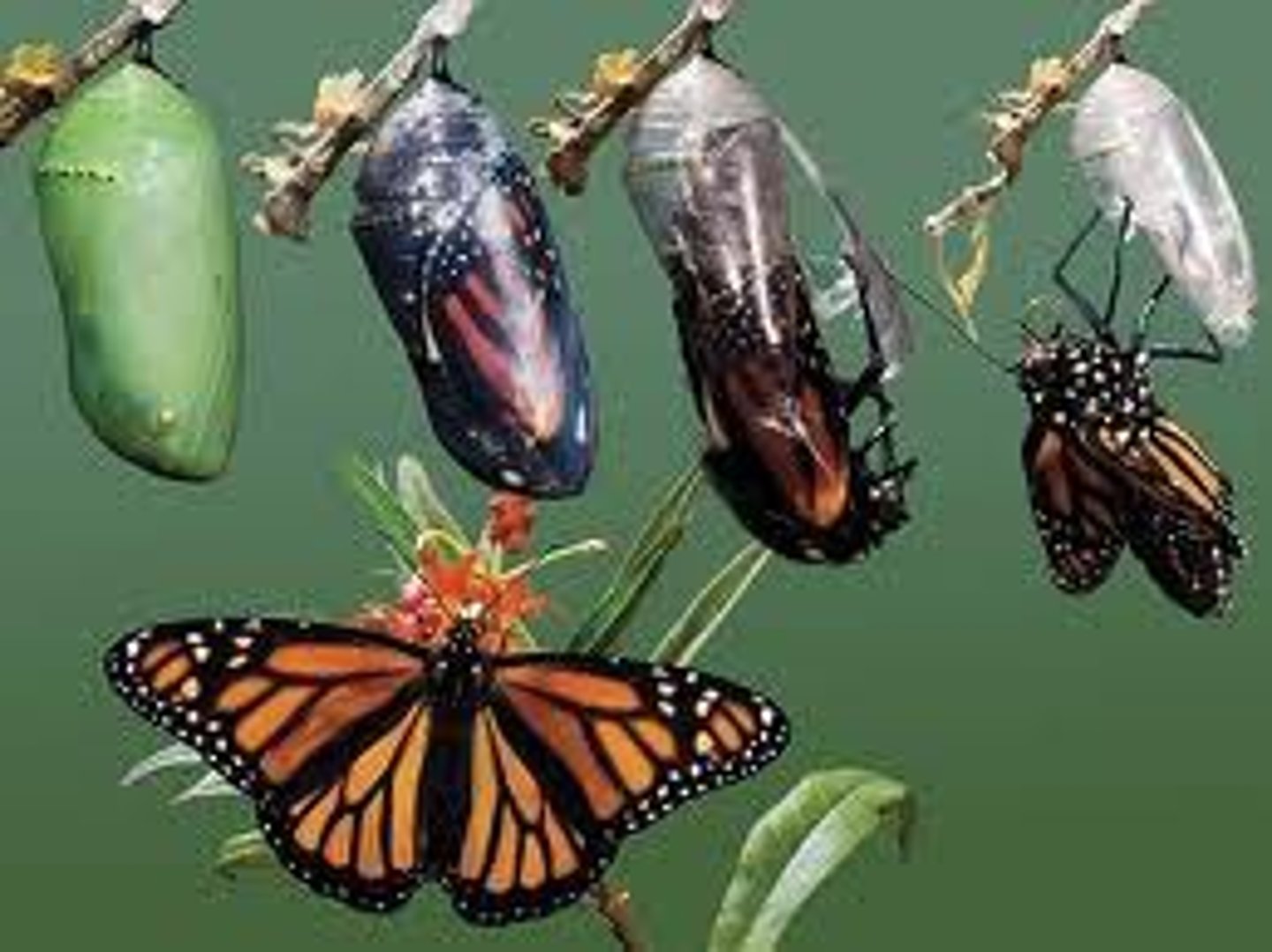
Incomplete Metamorphism
Three progressive stages of insect development including the egg, nymph and adult
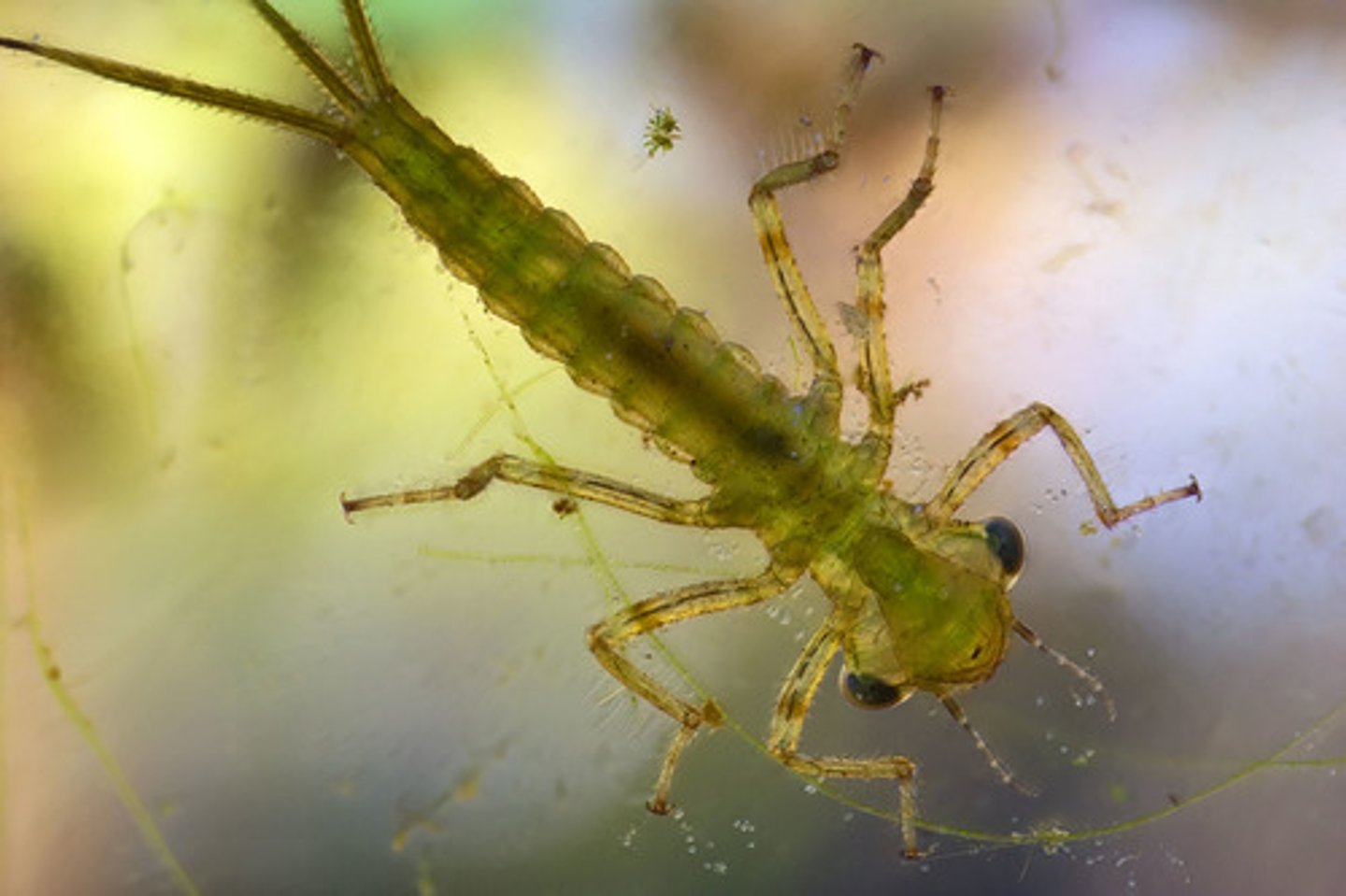
Caddisfly
Order: Trichoptera
Metamorphosis: Complete
Uses sticky silk to make it's own shell out of nearby debris.
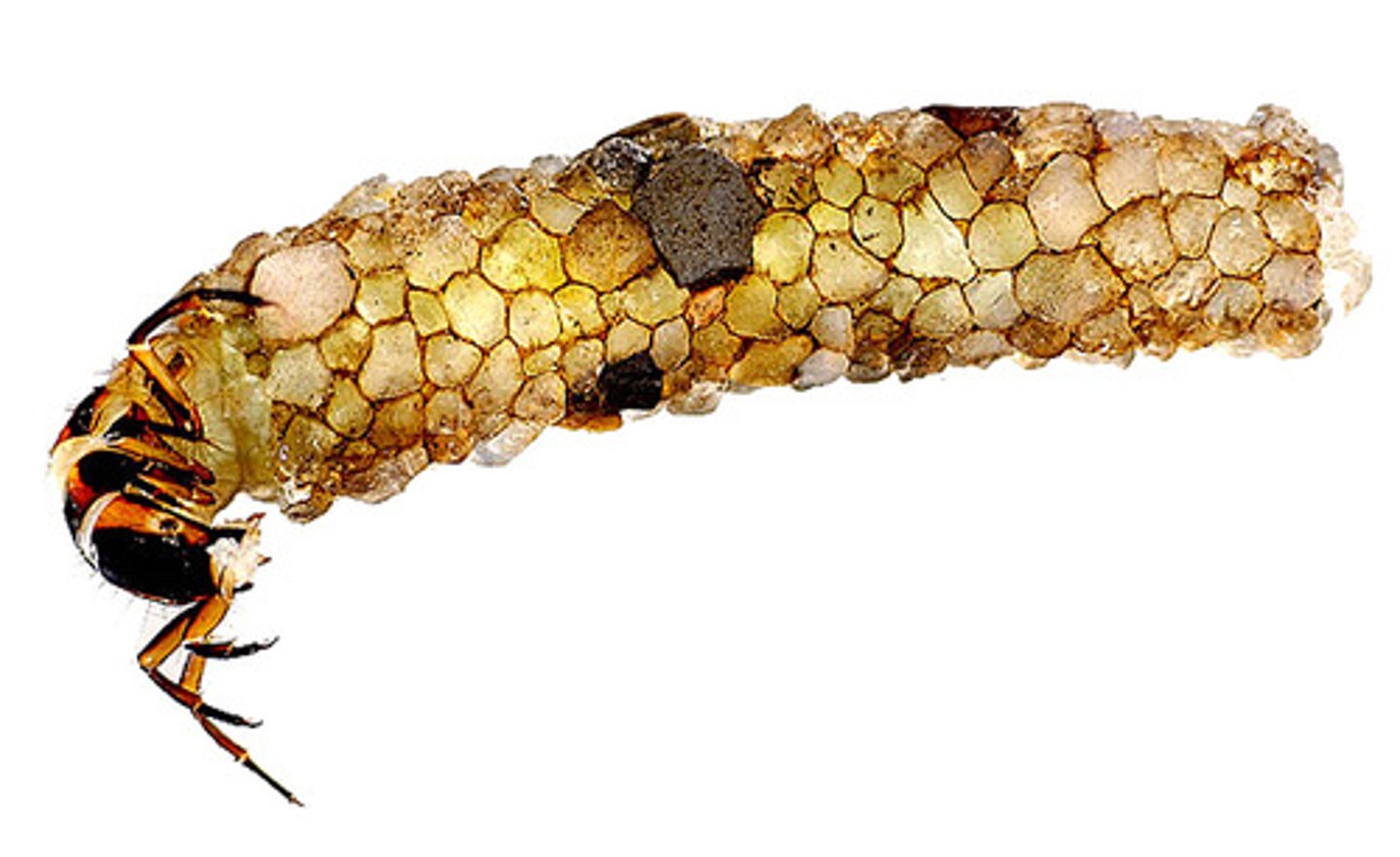
Physical Gills
Organs containing thin-walled blood vessels that allow for easy absorption of oxygen from the outside surface
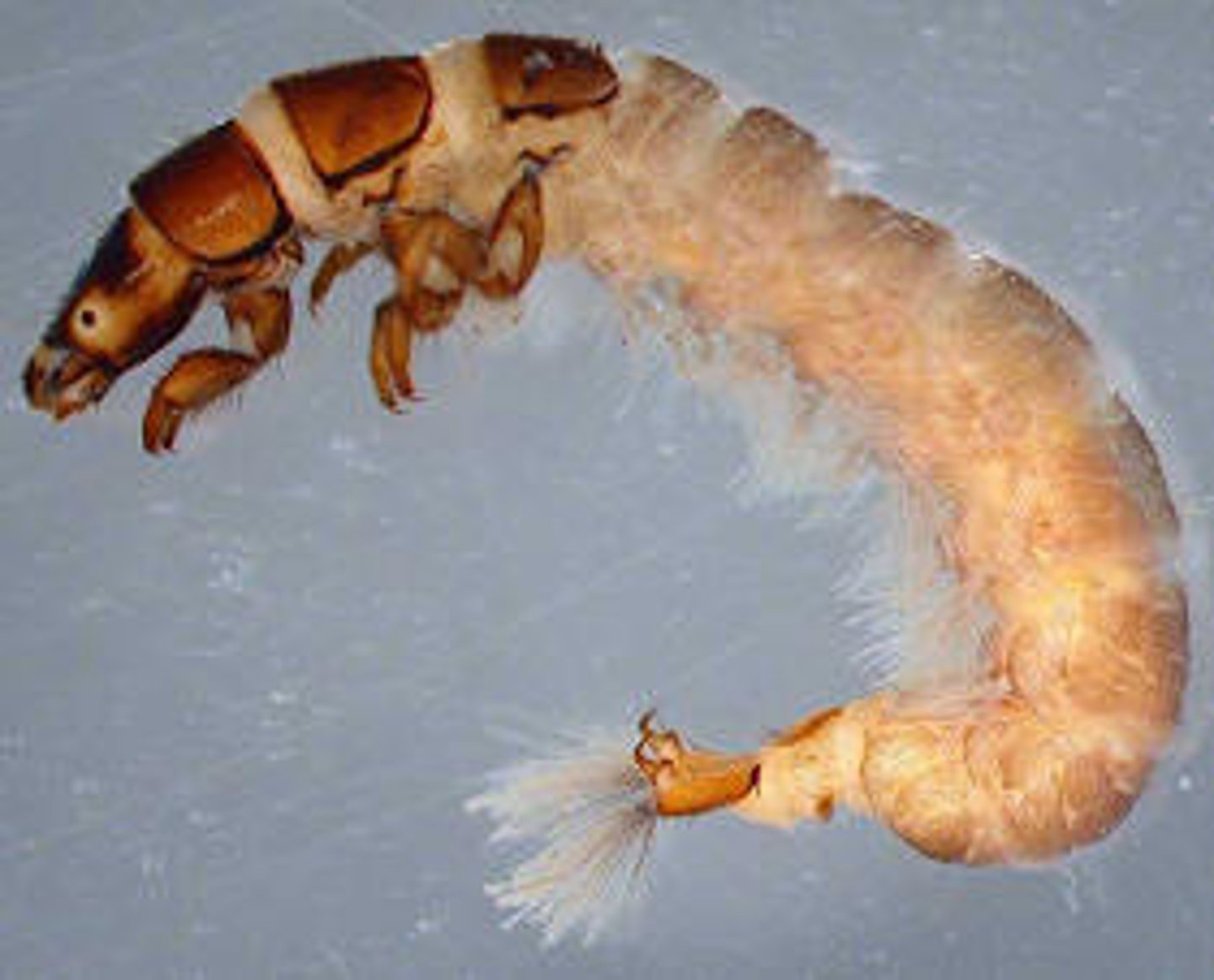
Plastrons
A thin layer of air held to the body by hydrophobic hairs which can breathed and replenished by diffusion of oxygen from surrounding water.
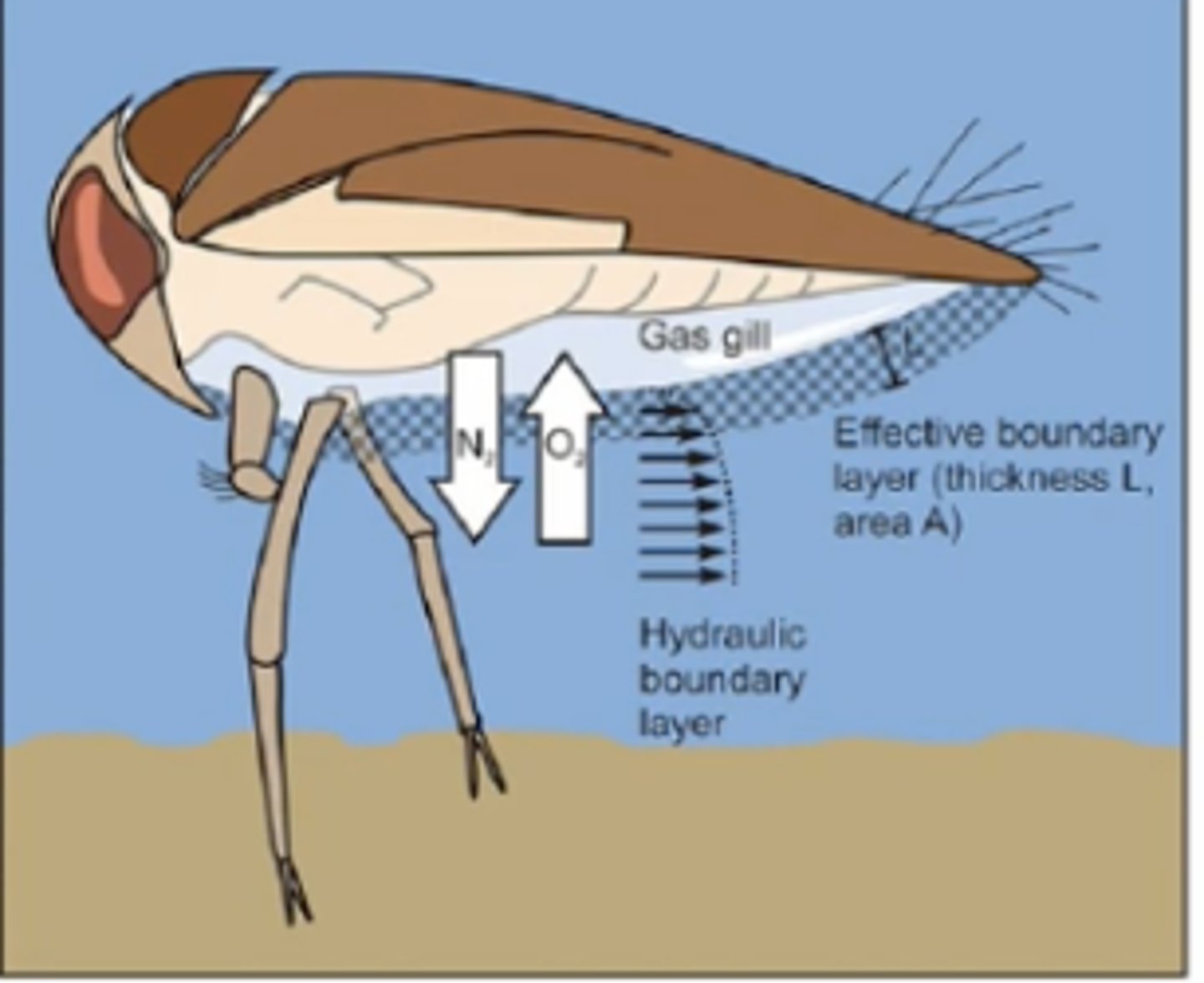
Water Bubbles
A method of carrying oxygen when diving underwater that is usually held under elytra (wings) or hydrophobic hairs, but must be replenished by surfacing after a time.
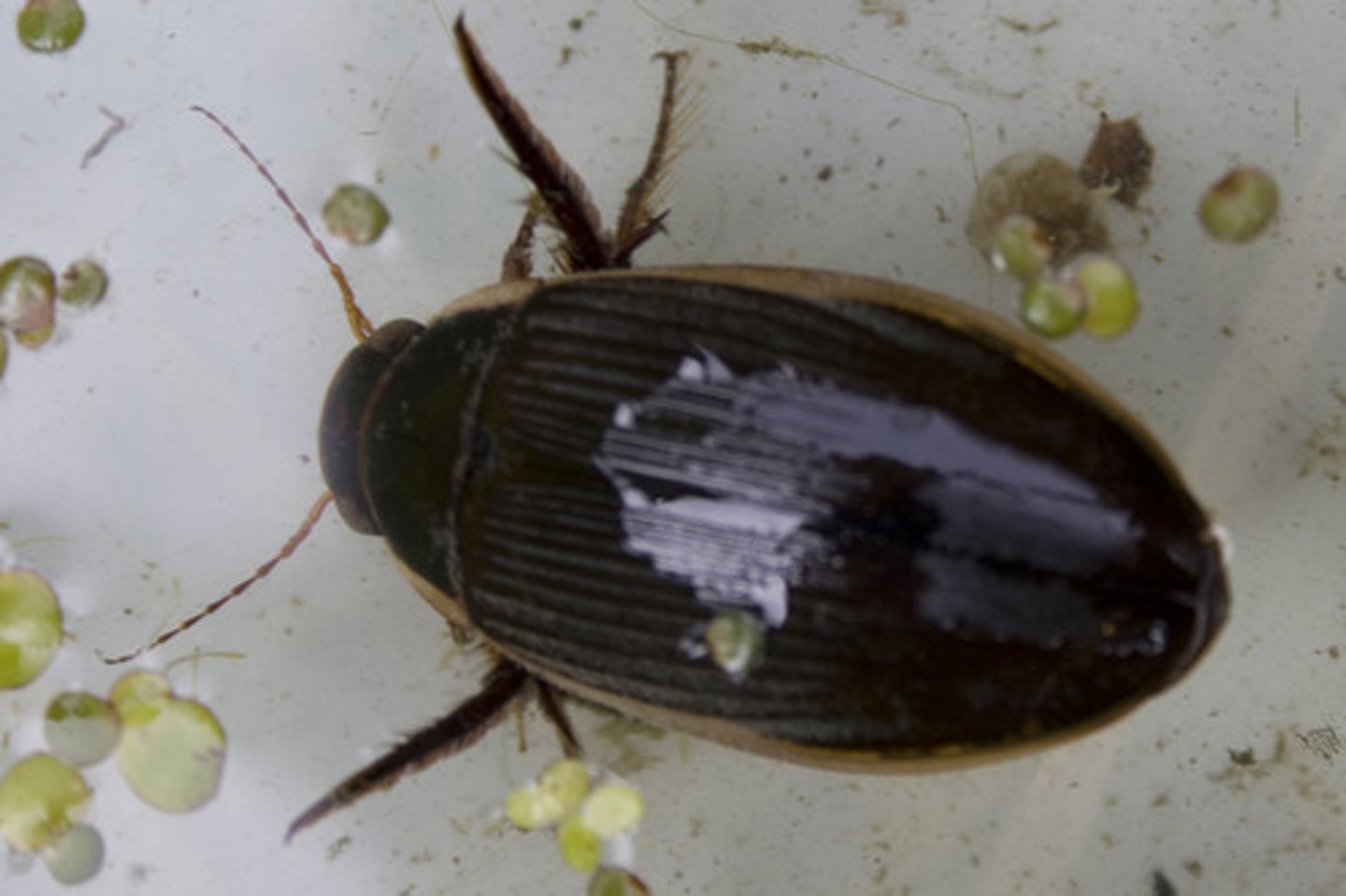
Benthic Macroinvertebrates
(BMI) Easy-to-see (not microscopic) arthropods such as insects that live on the stream bottom.
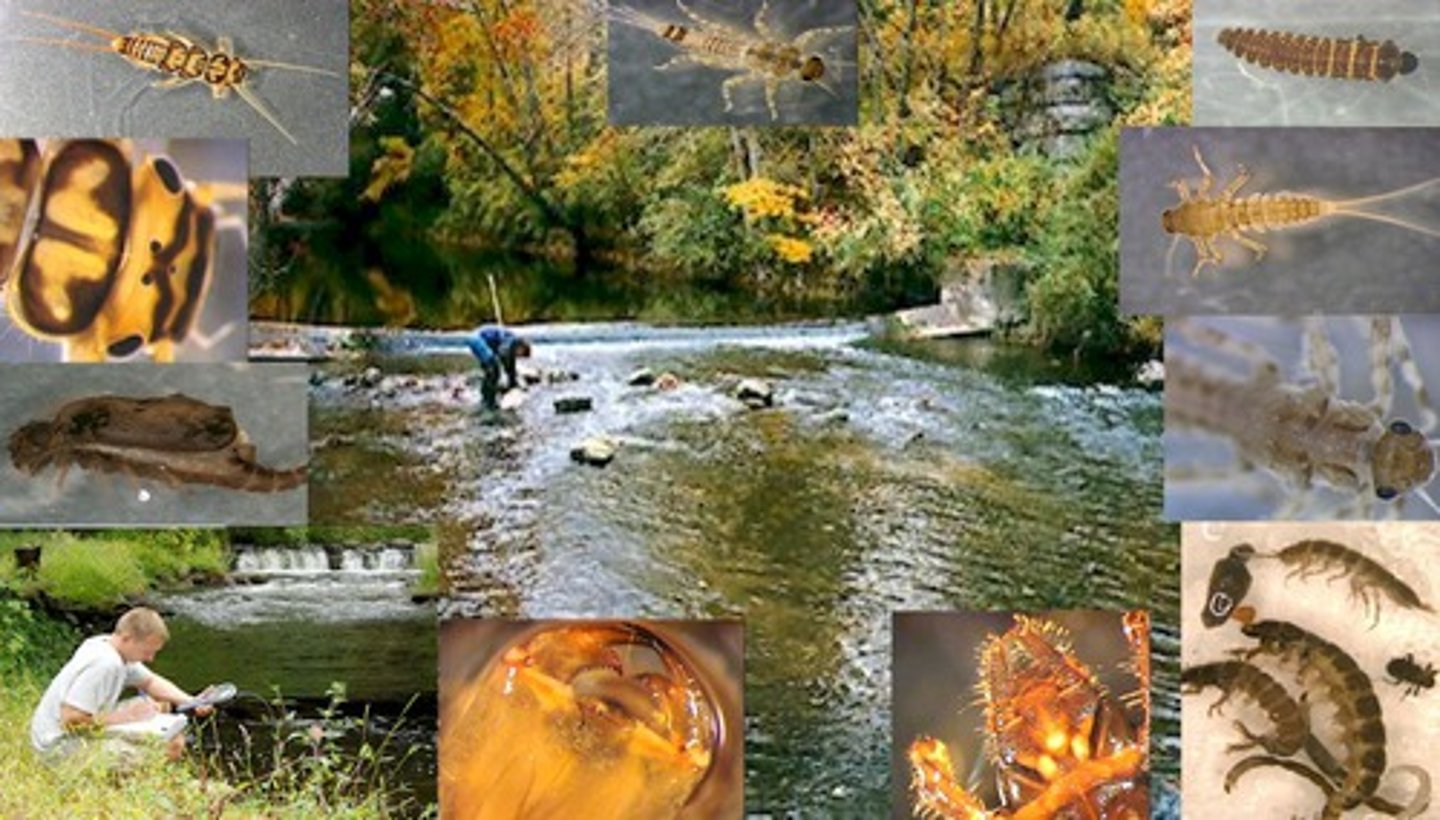
Nymph
A stage of gradual (incomplete) metamorphosis that usually resembles the adult insect.
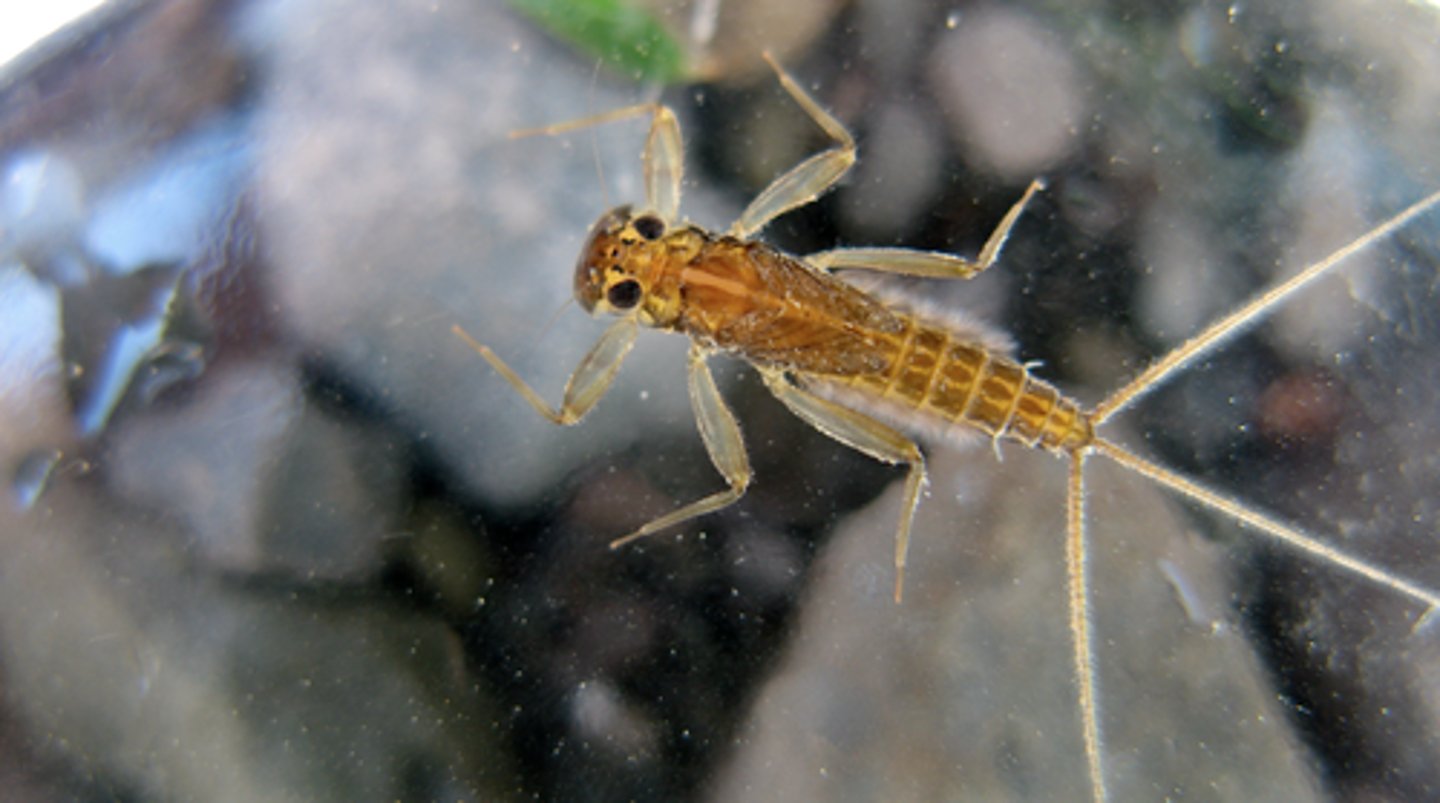
Larva
The immature form of an animal that looks very different from the adult.
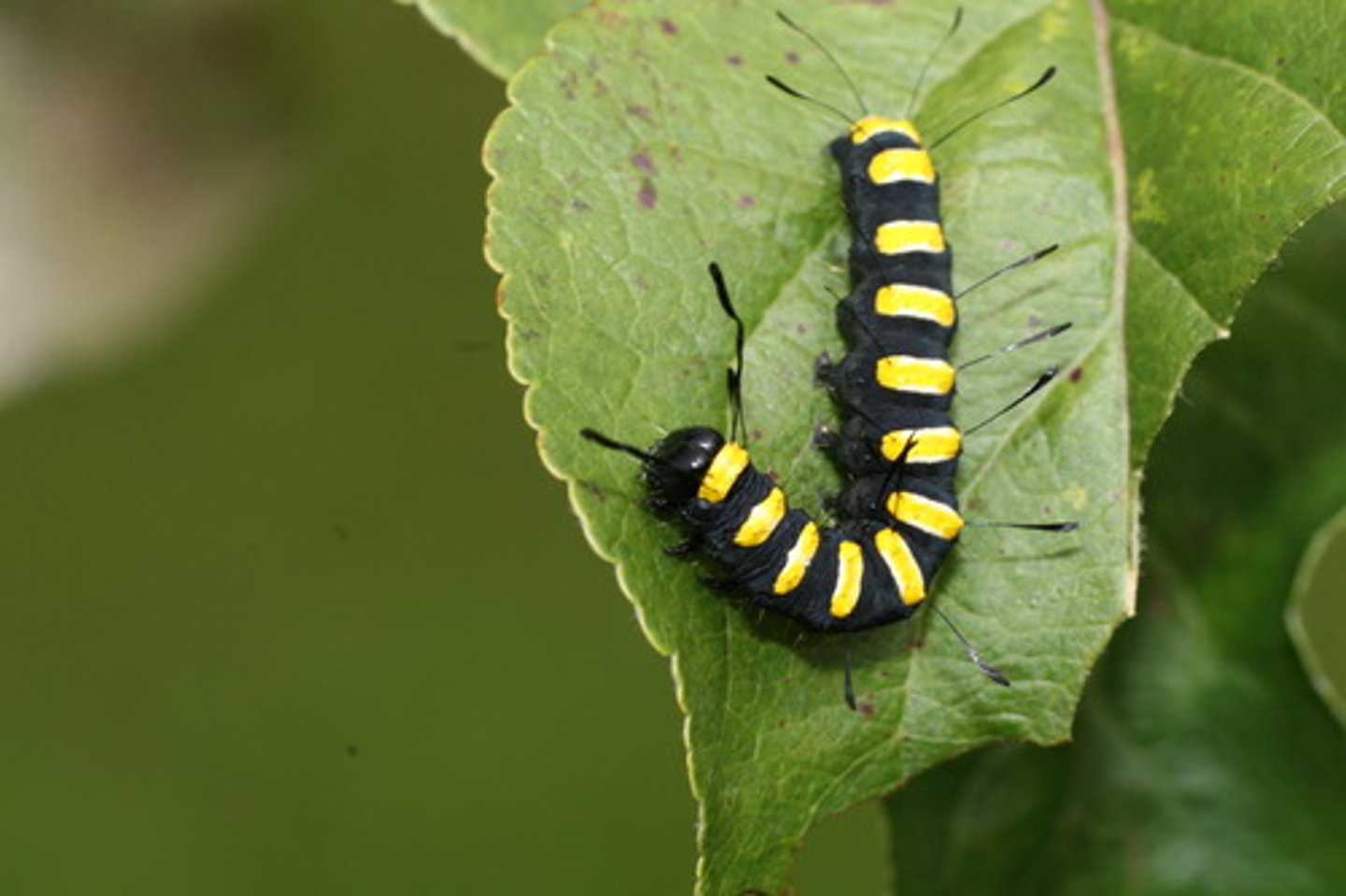
Molt
To shed hair, skin, or an outer layer (e.g. exoskeleton) periodically
